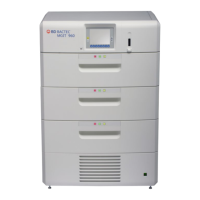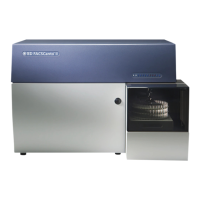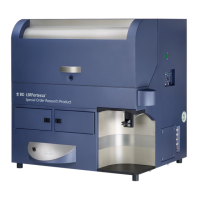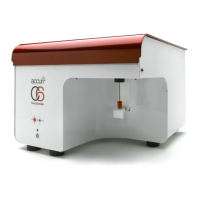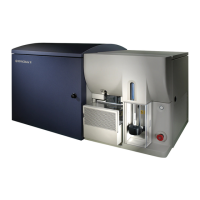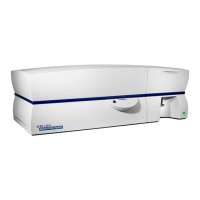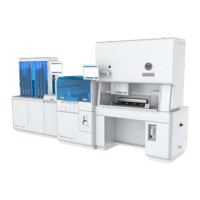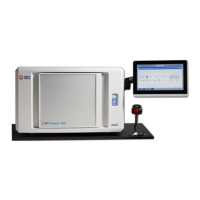What to do if BD Laboratory Equipment shows a measurement failure?
- DdeannajonesAug 20, 2025
If the BD Laboratory Equipment detects one or more stations with a measurement failure or a vial presence switch failure, it indicates a condition that could represent a measurement failure or a partially seated vial. Ensure all vials are fully seated in the stations. If the alert persists, block the station and contact BD. Move vials in the indicated stations within 40 minutes of the set time of this alert to prevent them from becoming Affected Vials.

